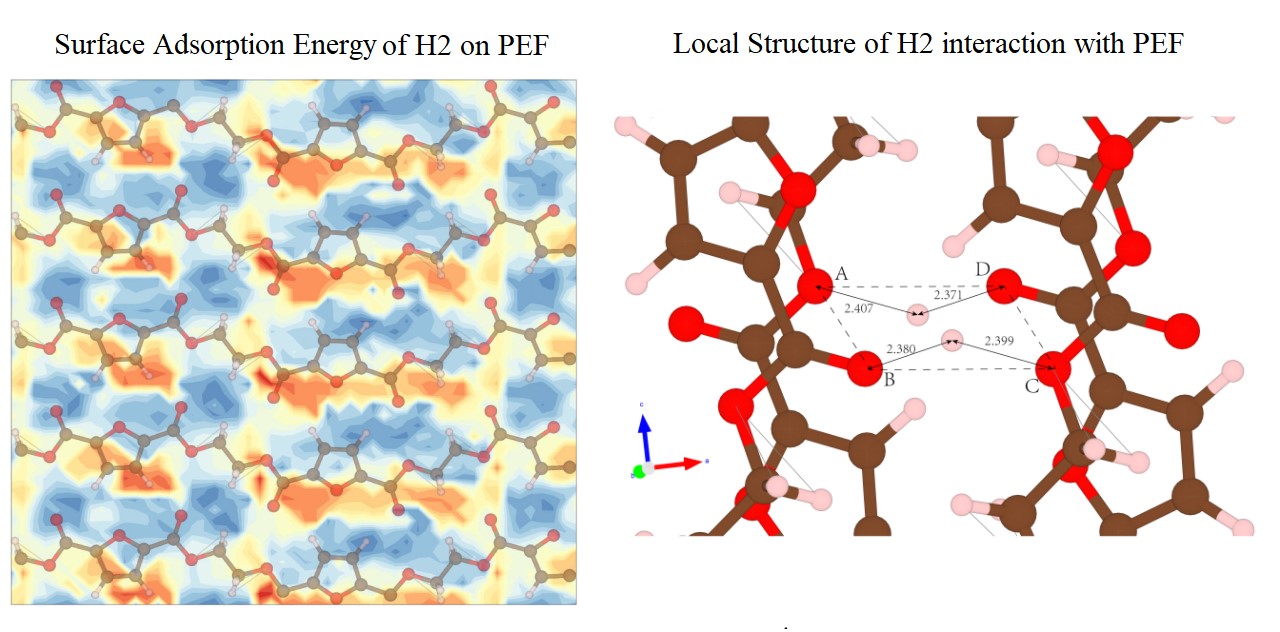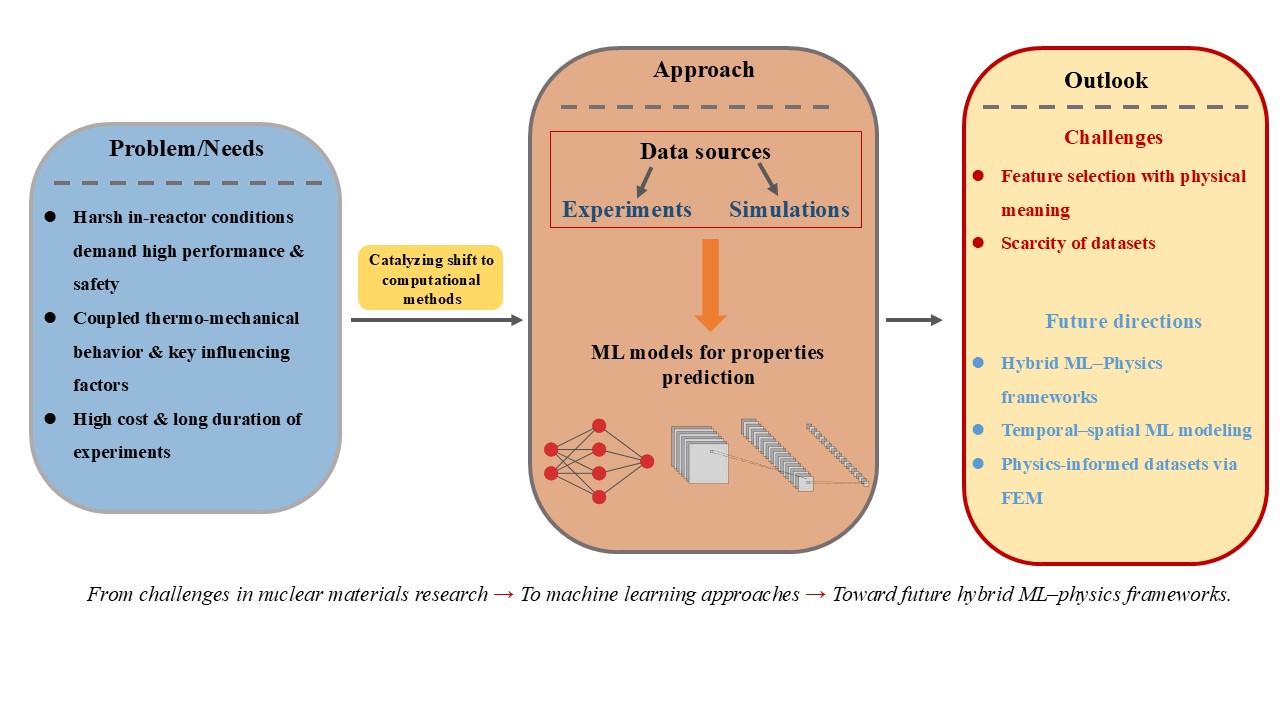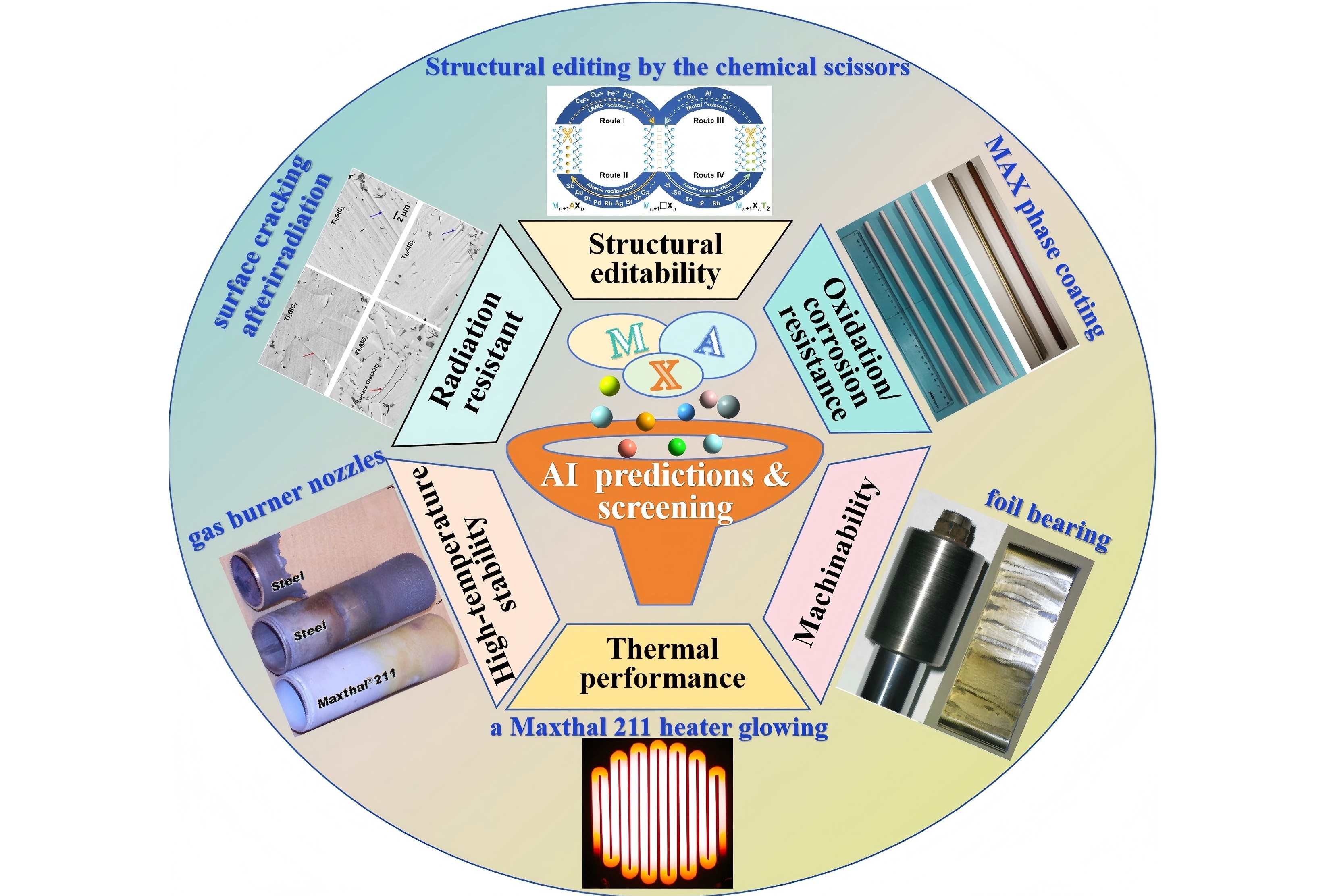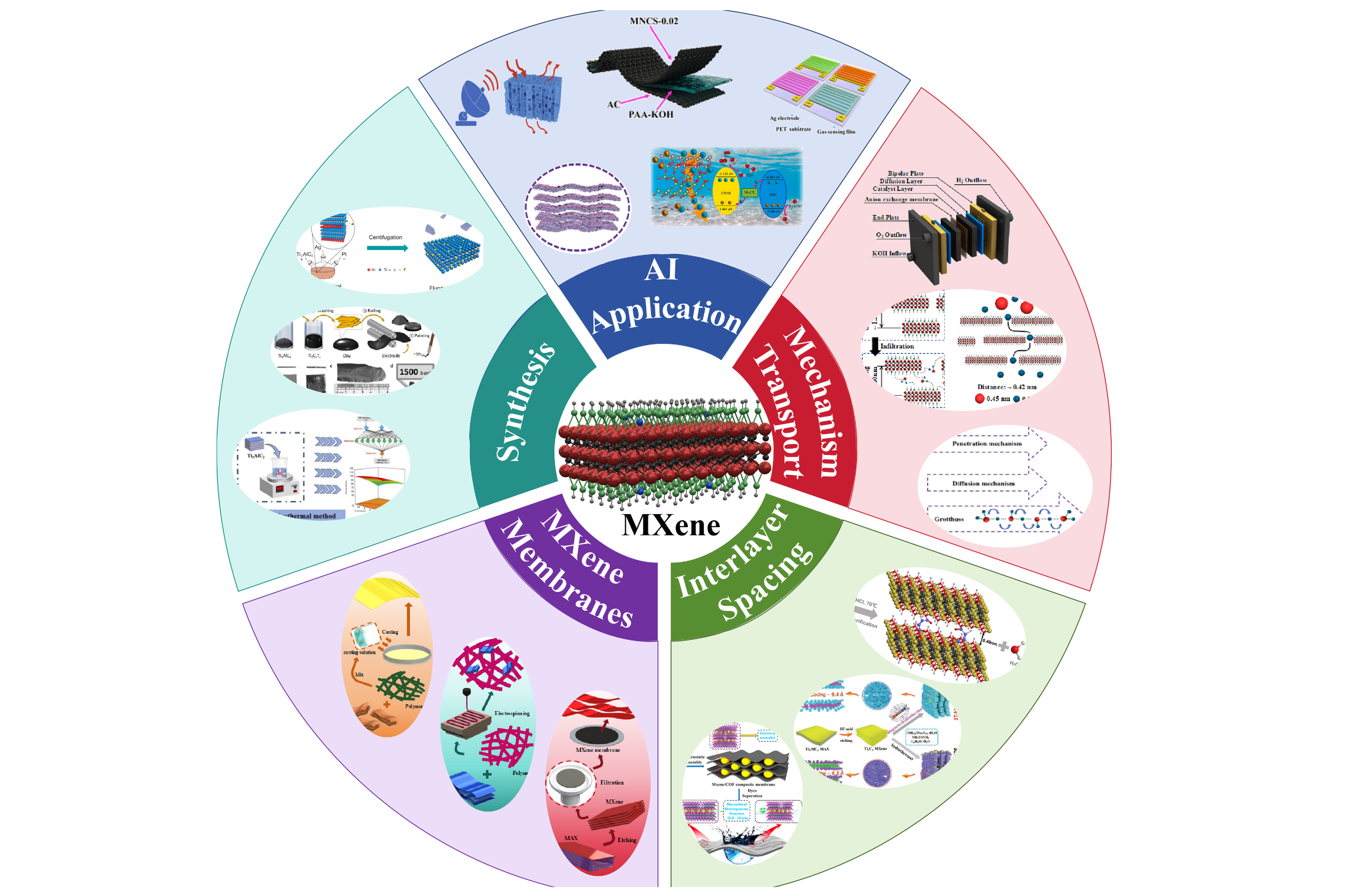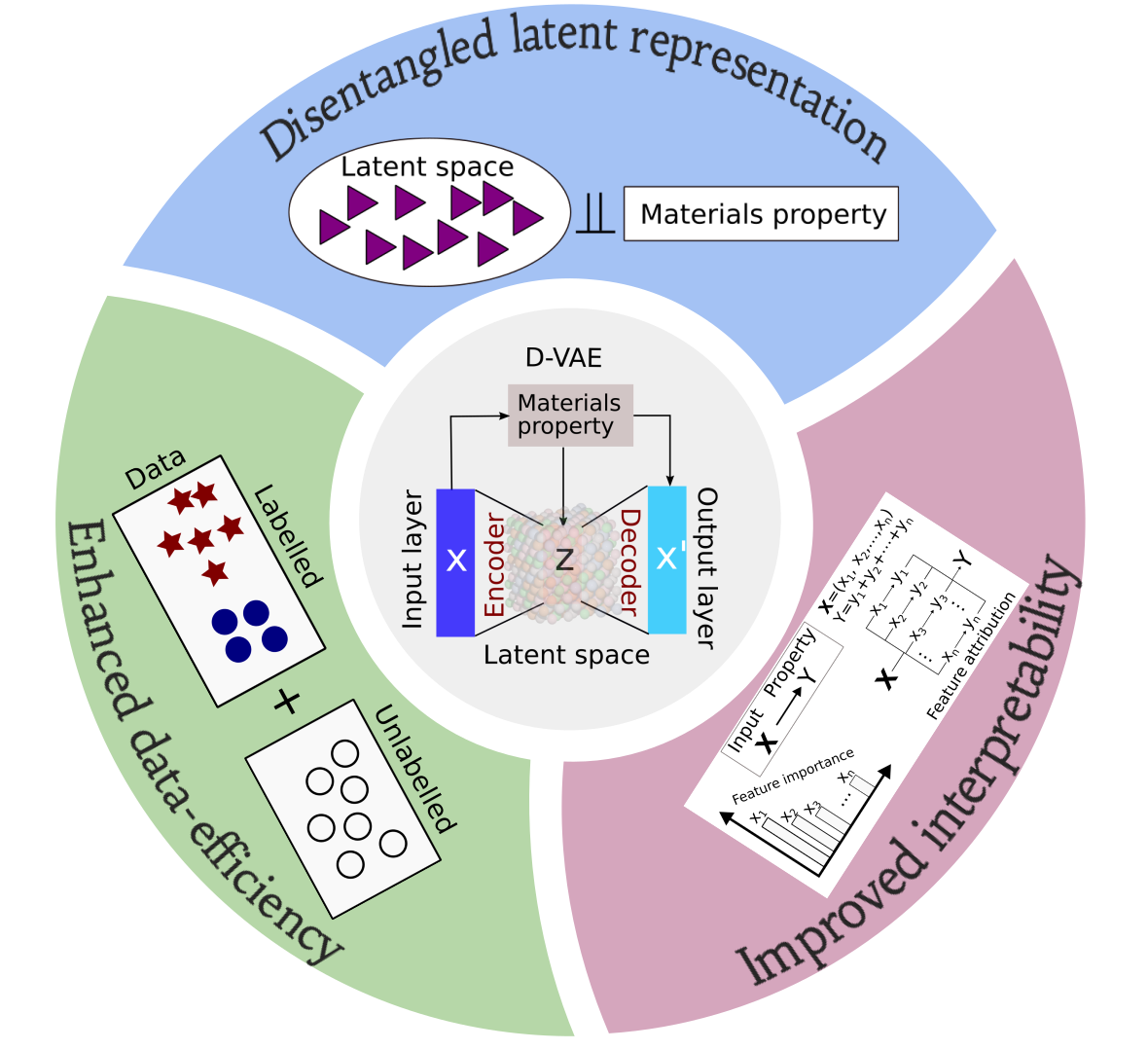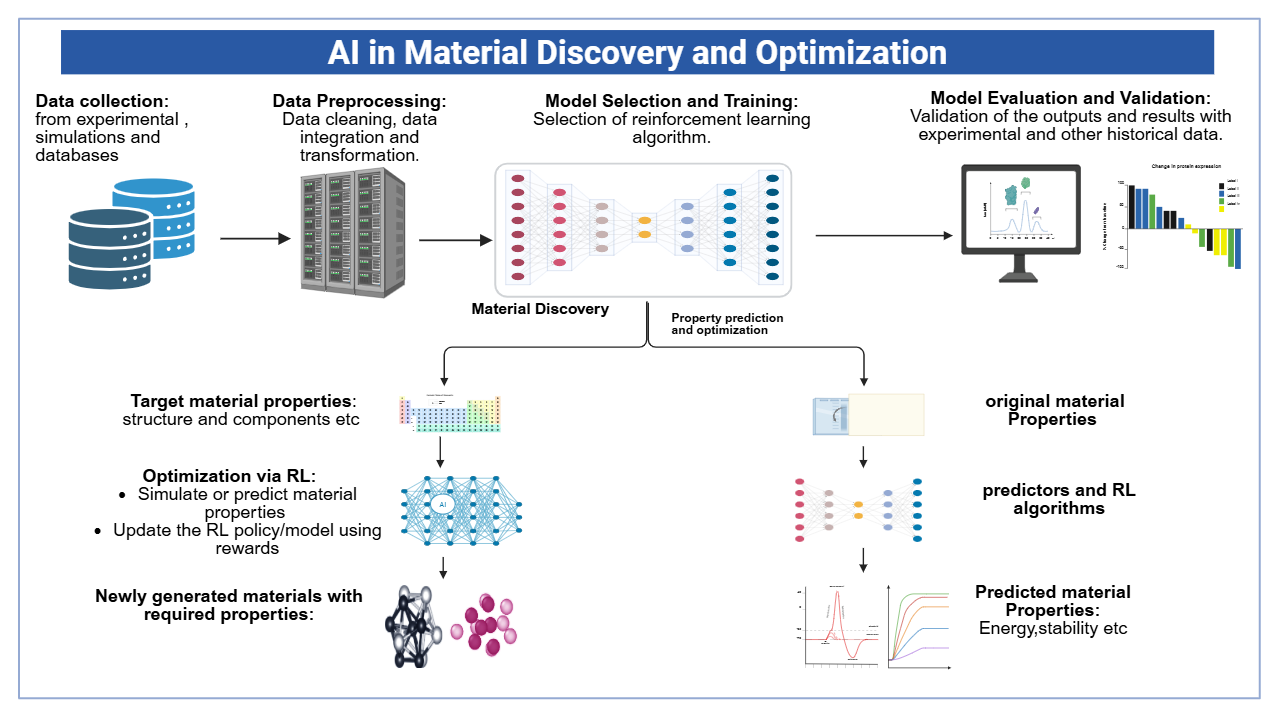Volumes & Issues
Contact
For any inquiries regarding journal development, the peer review process, copyright matters, or other general questions, please contact the editorial office.
Editorial Office
E-Mail: aimat@elspub.com
For production or technical issues,please contact the production team.
Production Team
E-Mail: production@elspub.com
About This Journal
Special Issues
AI-Bridged New Materials for Batteries and Fuel Cells
Special Issue Editor: Zhipeng Li, Jiayu Wan, Duanyun Cao, Haibin Zhang, Hongkuan Yuan, Yan Zhao
Submission Deadline: 18 December 2025
Intelligent Additive Manufacturing
Special Issue Editor: Giulio Mattera, Jinyang Xu
Submission Deadline: 01 March 2026
Latest Articles
Editor's Choice
Integrating AI and material science: MXene synthesis, preparation, and applications
Published: 21 Jan, 2025
Top Downloaded
Applications of artificial intelligence in materials research for fuel cells
Published: 15 Jan, 2025


